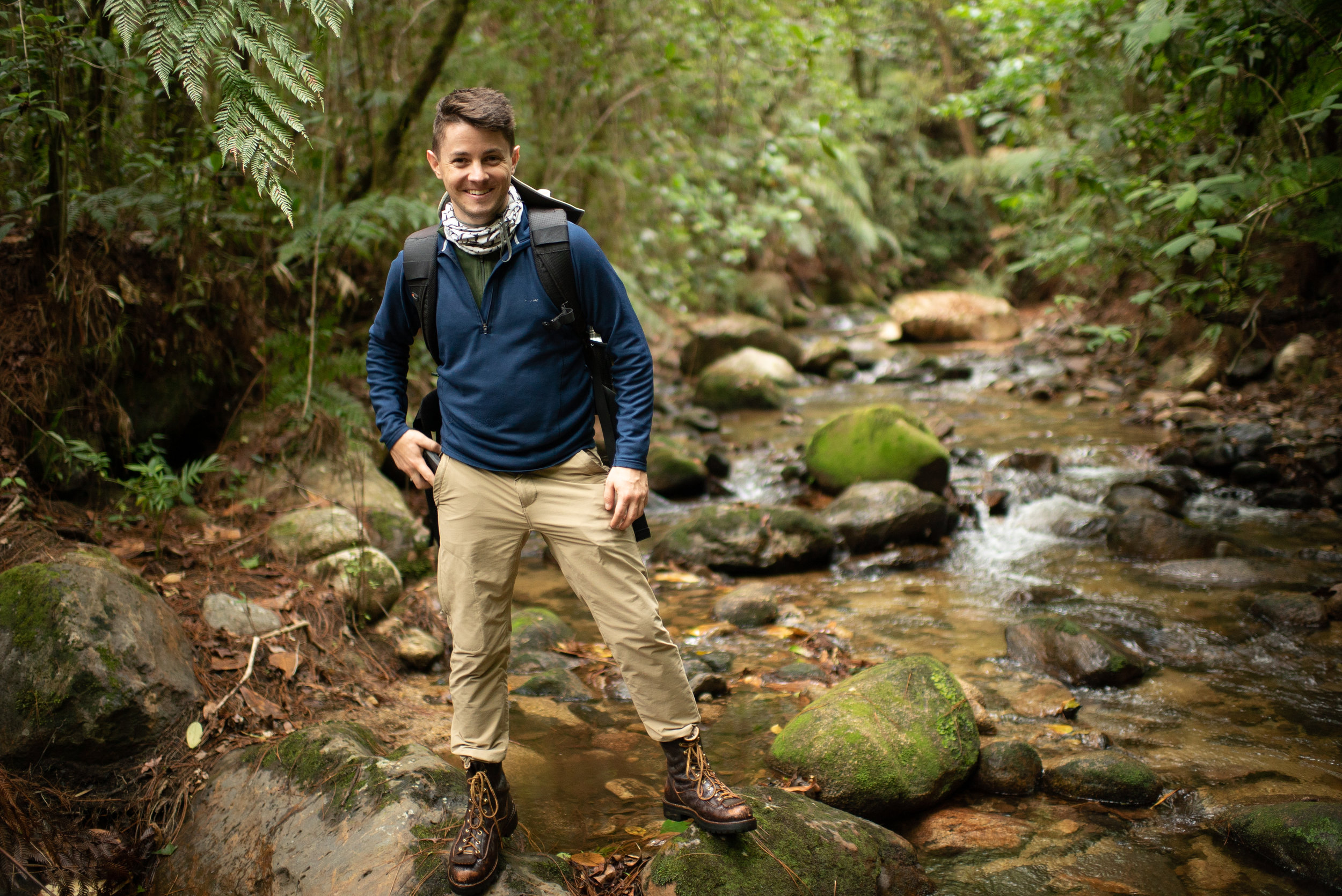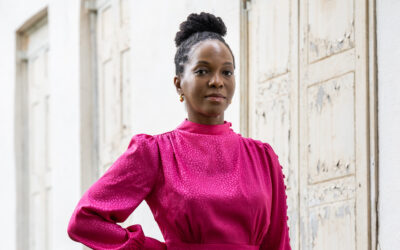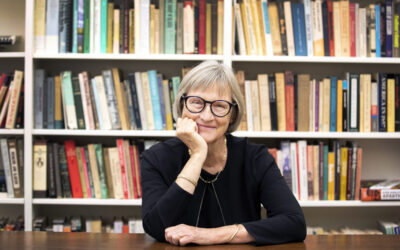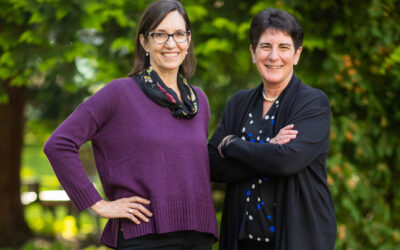A musician-scientist combines his passions to support conservation
by Nancy Shohet West ’84

Ben Mirin ’06. Photo by Katie Garrett.
A scientist, artist, educator, presenter, and National Geographic Explorer, Ben Mirin ’06 travels the globe recording animal sounds for research, which he also samples to make music that inspires conservation. In addition to creating and hosting the digital and television series Wild Beats on National Geographic Kids and Nat Geo Wild, he is a graduate research fellow of the National Science Foundation and a graduate student at Cornell University.
When did you realize you could merge your interests in nature and music into a professional path?
I’ve been a passionate birder and naturalist since I was 4 and have played music since I was 7. At CA I participated in five different singing groups, played guitar in bands, and gave my first performance as a beatboxer. My chapel talk was about how much I loved birding. While birds and music were both lifelong passions, they didn’t really overlap. But after college I moved to Japan for two years. I didn’t speak Japanese and had never been to the country before. Although I was there to work for the Japanese government, soon I was also collaborating with artists in the local hip-hop scene and conducting field research with ornithologists from my office. I’d moved halfway around the world, yet those two interests had come with me. That opened my eyes to their importance in my life and the recognition that I had to find some way to fuse them.
What experiences at CA led you in this direction?
In John Drew’s environmental science class, I monitored bird migration patterns in Concord and Mexico, and during that time I also traveled to the Gulf of Mexico and took pictures of the effect of hurricanes on migratory birds’ habitats. My passion for birds became a gateway for me to connect with that part of the world. I wrote a 50-page paper assessing the impact of hurricane damage on critical habitats where birds stop to refuel during migration.
What have been some of your most exciting moments in the field?
I’ve made a number of unique scientific discoveries, and that’s newly exciting each time. Perhaps most interestingly, in the cloud forests of Honduras I recorded a sound that could be the voice of a frog no one has heard before — we’re still exploring our results. While that in itself was thrilling, even more significantly, we could use the recording of this frog’s vocalization to save its species from extinction. Frogs respond to each other’s voices by becoming more competitive about reproducing. By playing my recording back to this species, we could help rebuild the population in the only forest where it lives. I tell this story in my film, Sounds of Survival, which can be viewed in bioGraphic magazine, National Geographic, and on YouTube.
What do you hope CA students and other young people learn from your story?
CA gave me the opportunity to nurture interests that seemed unrelated until I was able to figure out how to make them one. I feel extremely fortunate to have had the opportunity to experiment until I found a way to do that. That’s a gift I want to give to others: the idea that they too can ask themselves what they really love and how to make it their life’s work. We are all lifelong learners, and I hope that students of any age can feel encouraged to apply their passions to the world and see what comes back. Share yourself; share who you are; be an ambassador for what you know. If we could all be explorers of the planet and ourselves, the world would be a better place.



